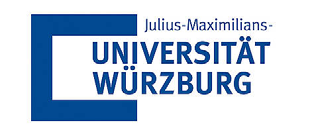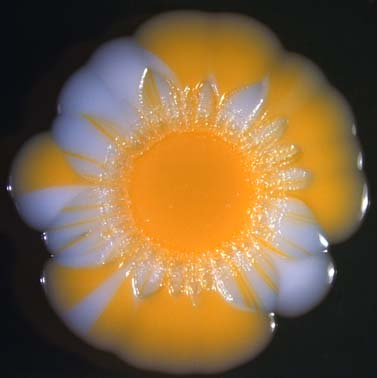CSIC and the University of Würzburg have developed a new method to eliminate antibiotic-resistant
bacterial infections using classical antibiotics previously discarded due the occurrence of antibiotic
resistance.
Industrial partners from the pharmaceutical industry are being sought to collaborate through a patent
licence agreement.
An offer for Patent Licensing
Method to eliminate antibiotic-resistant bacterial infections
Colonia de Staphylococcus aureus MRSA The approach is the combination of B-lactam antibiotics with inhibitors of membrane microdomain formation in bacteria.
For the human pathogen MRSA resistant to penicillin and cephalosporin, the combination of penicillin with anti-microdomain compounds eliminate infections in animal models.
These anti-microdomain compounds are cholesterol-inhibitory drugs that are conventionally used to lower cholesterol in patients with hypercholesterolemia.
Industrial partners from the pharmaceutical industry are being sought to collaborate through a patent licence agreement.
Main innovations and advantages
· This method can be used to eliminate MRSA infections that areresistant to multiple antibiotics, which cause hard-to-treat infections inhospitals sometimes become lethal to the patient. As they are limitedstrategies to eliminate these infections, this method represents anoutstanding possibility to treat patients with complicated infections.
· This method can be used to recycle conventional antibiotics that werediscarded because of the spread of antibiotic resistance. Due to thelack of new antibiotics and the necessity to increase the arsenal to fightantibiotic resistance bacterial infections, recycling conventionalantibiotics to fight new multi-drug resistant infections is a promisingstrategy to reduce the number of infection in clinical settings.







